Anyone else lose established roses this past winter (2022-2023)?
Rose Beginner(MA - 6A)
10 months ago
last modified: 10 months ago
Featured Answer
Comments (15)
Ken Wilkinson
10 months agointwilight z6a KS
10 months agolast modified: 10 months agoRelated Discussions
Does anyone else grow Mt. St. Helens Cemetery Tea?
Comments (24)Thanks Windeaux, so it is. I had done a search on Vintage and came up with nothing, but just now found it by going down the list. It's listed under "Hybrid Teas - Custom Root". Thank you also for linking the thread on the discussion of "St. Helena Cemetery Very Double HT". I was going to say that it answers my original question, that is IF "Arcadia Louisiana Tea" is the same rose. Evidently Vintage doesn't think they are the same as he still lists both roses separately. Also describes their bush sizes as different. However, "Arcadia Louisiana Tea" is certainly close to the rose I have, especially if you allow for differences in climate. Plus roses can 'morph', so to speak. For instance, the Prairie Sunrise I got from Sam Kedem years ago has many more petals and tends to quarter where the specimen from Chamblees does not. All in all I'm very glad to get this much information. Thank you all so much! "St. Helena Cemetery Very Double HT" on HMF: http://www.helpmefind.com/gardening/l.php?l=2.58345&tab=36 Here is a link that might be useful: Arcadia Louisiana Tea on HMF...See MoreWhat rose was your star of 2022?
Comments (72)I can echo the beauty and fragrance of Red Eden. It doesn't just bloom like crazy, it's that its blooms last for WEEKS. No kidding, weeks. Mine in PDX was completely disease free as well (even growing next to disease-ridden Dolly Parton rose). I do not think of this as a climber anymore--the canes are so thick and brittle it is really a large shrub. I moved mine off an obelisk after snapping several. BOLERO would likely be the rose I'd keep if I only had to keep one. It is so well-behaved, blooms non-stop (literally--always had a bloom on it, even in year one), it is wonderfully fragrant, has beautiful foliage...I bought three more just to be surrounded by it. What a stellar performer this....See MoreAnyone get your roses from Garden Roses yet?
Comments (718)@judijunebugarizonazn8 I feel that I've informed people enough about how to get money back from this particular issue and I hope that in the future that this level of money won't be absconded with so easily in the rose industry. I frequent small business, family owned operations, and the like in the United Kingdom. My particular interest in roses was founded on David Austin and will continue. I have no problem with supporting people starting out in business, what I can't absolve is people not being forthright with the customer base. I hope they get it together for the sake of the 3 children. (I have sympathy for any child in this situation). Outside that I have no sympathy for the adults who haven't owned the mess they made from the start of the problem and pretending everything was fine. Had they made just one different decision they would be in a much better position and that I hope they've at least learned from. Time will tell I suppose....See MoreGrowing old roses in cold winter climates
Comments (26)Berry and Friends, I have had winters where I cut a few roses way back to the ground removing black canes, too. Looking way to the ground to see if any green canes I wouod keep. amy secret temedy to this is ”cut them back to reveal sny green canes andvtyen pour luquid fish fertiluzer on them weekly until they grow at least 1-2 ft or more. Alaska Fish fertilzer gas been the best for me and tye inly remedy that finally boosted their growth. (It is hard on roses to be cut back more than 1/2 way or dien to the roots, but you will see amazing fast growth if you weekly use this fertilizer!) I have Alaska Fish Fertilizer & Alaska Morbloom Fish fertilizer, which I mix, and use on all roses, esp. those that need extra help! Together they work miraculously well! @Jena Ithaca, NY 6a/6b Hi, Jena, I live in Geneva!!!! Just over on Seneca Lake from you!!! Woohoo! Maybe will can visit in the future! I am pretty versed in growing roses in our climate. I have tried out over 250 roses in my garden here, and now have about 130 successful roses I like most. I have about 14 OFRs now. i have many DA roses. Kordes roses usually good in our climate-I have many Kordes. I have a new garden bed of Japanese and European roses. I can recommend the most hardy roses for you, if you need assistance I have had a lot of fun experimenting w/ roses! You will, too! Write me anytime? Check out my OGR thread above….. I am also on the ”Sliding into Spring Seasonal Thread,” https://www.houzz.com/discussions/6421214/sliding-into-spring-seasonal-thread#28972666 Happy Gardening!...See MoreMoses, Pittsburgh, W. PA., zone 5/6, USA
10 months agolast modified: 10 months agochris209 (LI, NY Z7a)
10 months agolast modified: 10 months agommmm12COzone5
10 months agolast modified: 10 months agoMischievous Magpie (CO 5b)
10 months agolast modified: 10 months agoDiane Brakefield
10 months agojck910
10 months agoprairiemoon2 z6b MA
10 months agolast modified: 10 months agoM T
10 months agoM T
10 months agoalanc23
8 months agolast modified: 8 months agoprairiemoon2 z6b MA
8 months agolast modified: 8 months agoflowersaremusic z5 Eastern WA
8 months ago
Related Stories
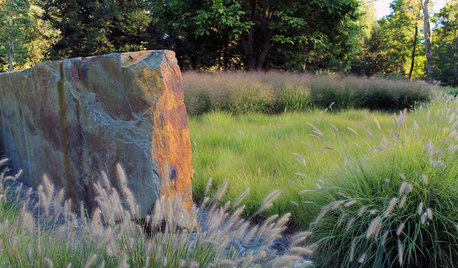
EARTH DAYThe Case for Losing the Traditional Lawn
Work less, help the environment and foster connections by just saying no to typical turf
Full Story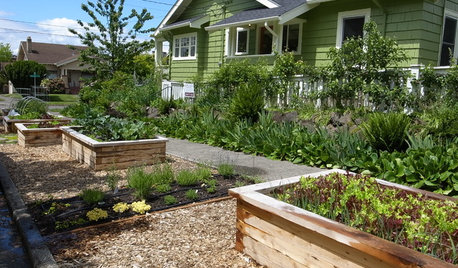
BEFORE AND AFTERSSee 6 Yards Transformed by Losing Their Lawns
Wondering whether a turf lawn is the best use of your outdoor space? These homeowners did, and they found creative alternatives
Full Story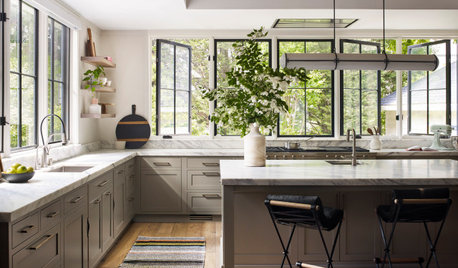
TRENDING NOW40 Home Design Trends That Will Shape 2022
Jump-start a remodeling project with ideas for features, styles and products expected to take off in 2022
Full Story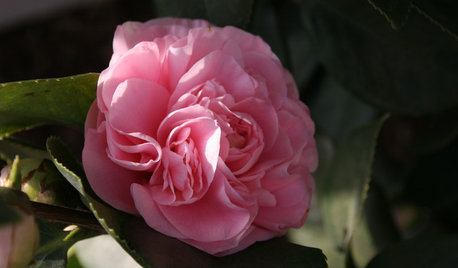
GARDENING GUIDESMild-Winter Gardens Celebrate Colorful Camellias
Grow these evergreen beauties as standout accent plants or blend them into your garden landscape
Full Story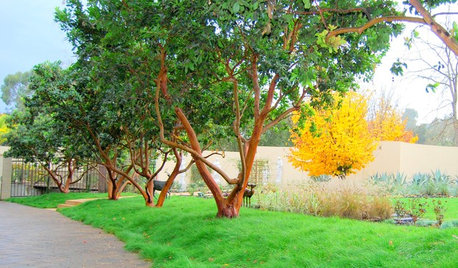
GARDENING GUIDESGarden Myths to Debunk as You Dig This Fall and Rest Over Winter
Termites hate wood mulch, don’t amend soil for trees, avoid gravel in planters — and more nuggets of garden wisdom
Full Story
DECORATING GUIDESTop Design Trends From the Winter 2015 Las Vegas Market
Interior designer Shannon Ggem is tracking finishes, motifs and design combinations at the 2015 show
Full Story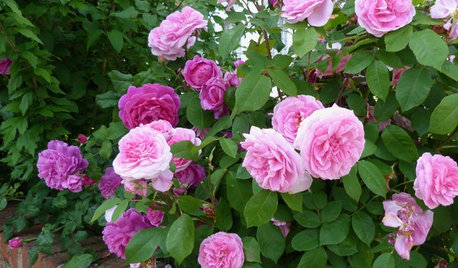
GARDENING GUIDESWhat Kind of Roses Should You Grow?
Want to add the beauty of roses to your garden? Find out which ones, from old-fashioned to modern, are right for you
Full Story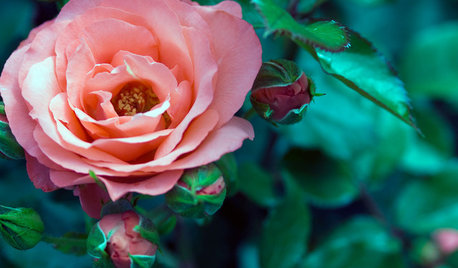
GARDENING GUIDESLearn the Secret to Bigger and Better Roses
Grow beautiful roses using both ordinary and unusual soil amendments
Full Story
MOST POPULAR7 Ways to Design Your Kitchen to Help You Lose Weight
In his new book, Slim by Design, eating-behavior expert Brian Wansink shows us how to get our kitchens working better
Full Story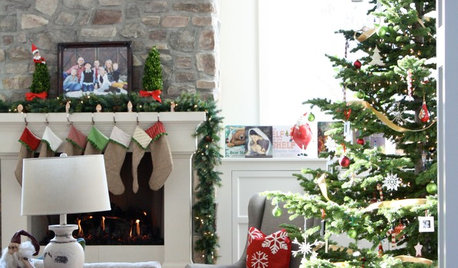
LIFE10 Ways to Work Through Grief Triggers During the Holidays
A year after losing her sister, she was facing another holiday. Here’s how one woman learned to find joy again
Full Story


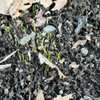
flowersaremusic z5 Eastern WA